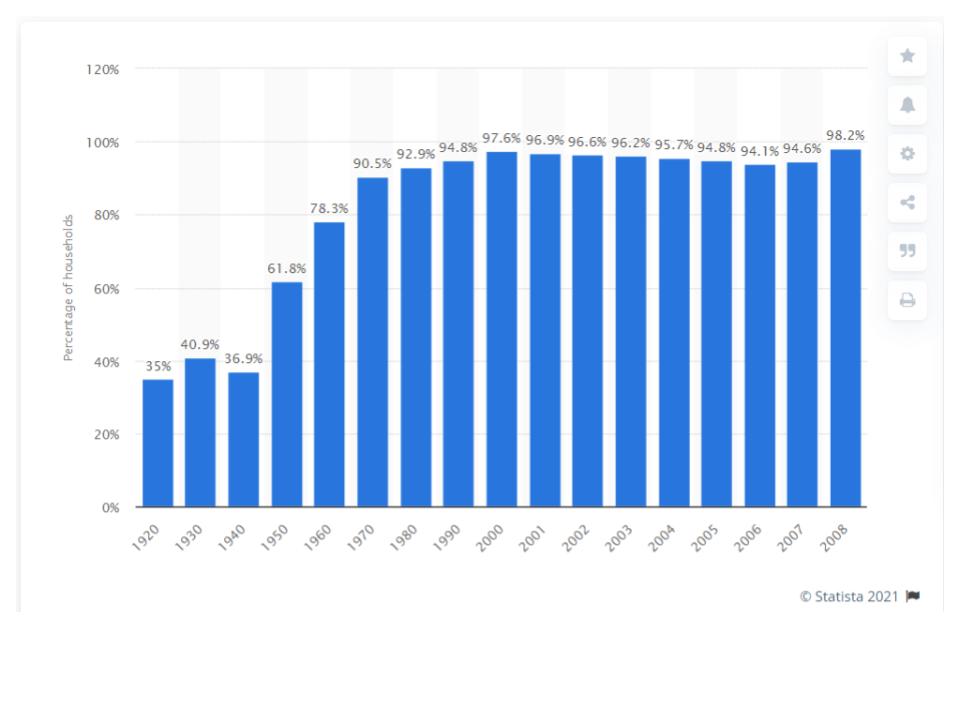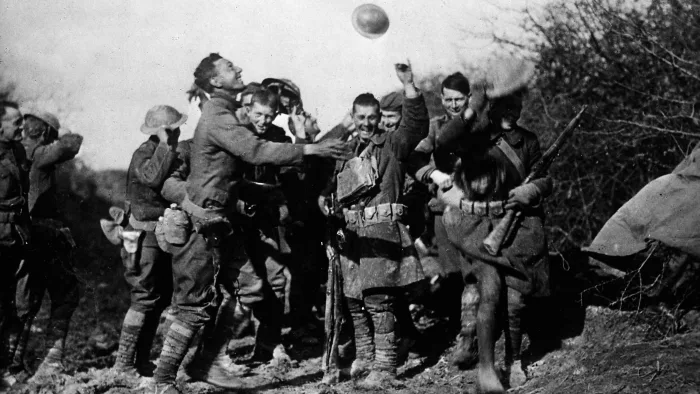
After WWI, the number of households with telephones increased dramatically. Percentage of Households with Telephones, Statista.

Soldiers Celebrating after the Armistice Signed between the Allies and Central Powers, 1918, History.com.
New communication allowed different parts of the army to quickly communicate with one another, modernized how people fought together, aided in the victories of many key battles that led to the Allies’ victory of WWI, and contributed to the women’s rights movement by giving jobs to women.
The new technologies were not perfect: radios were large and not very portable; messages on the telegraph and telephone could easily be intercepted by the enemy; however, they were all some of the first steps taken to bring efficient communication technologies to the citizens of the world.

After WWI, the number of households with telephones increased dramatically. Percentage of Households with Telephones, Statista.
Prior to WWI, there were only ten people for every telephone. But after WWII, there were five people for every telephone.

People Calling Others, Adobe Stock.
Especially in times like these, the once cumbersome pieces of technology help us safely communicate with friends and family.
Forms of communication developed over 100 years ago not only affected WWI, but continue to transform our lives today.